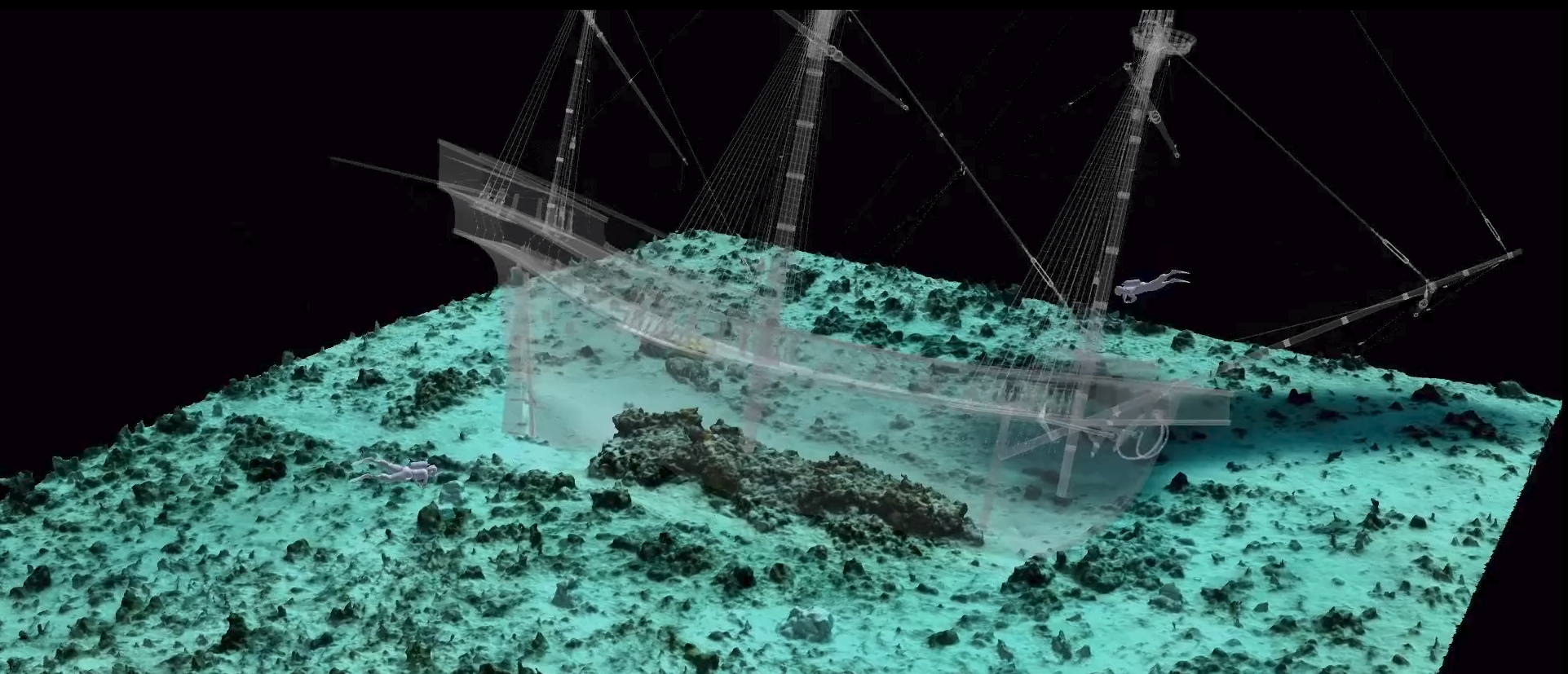J. Richard Steffy Ship Reconstruction Laboratory
Filipe Castro
“At the University of Chicago I also was lucky enough to go through a general education programme devised by Robert M. Hutchins, where science was presented as an integral part of the gorgeous tapestry of human knowledge. It was considered unthinkable for an aspiring physicist not to know Plato, Aristotle, Bach, Shakespeare, Gibbon, Malinowski and Freud – among many others.”
Carl Sagan, The Demon Haunted World
Introduction
The ShipLAB was created by J. Richard Steffy in 1976 and today is one of the laboratories of the Centre for Maritime Archaeology and Conservation of the Anthropology Department at Texas A&M University. Our mission is to acquire and disseminate knowledge about shipbuilding through time. As a classroom our main objective is to provide an effective learning environment.

As a research laboratory our objective is to facilitate investigation, seek public and private research funds, and recruit and retain quality students for our projects. As an outreach institution we aim at providing in-formation, education, and guidance on the discipline of nautical archaeology and the importance of the world’s submerged cultural heritage, perhaps more than ever threatened by treasure hunting.
In the 21st century archaeology is changing rapidly. Technological advances are making the discipline more rigorous, supported by an array of new and developing technologies. An holistic approach has replaced the traditional ‘one-man-band’ methodological model and made archaeology a multidisciplinary discipline, requiring a fast flow of information through the pipelines, which include large teams, and a close cooperation between hard and soft scientists. And thirdly, half a century of savage capitalism has drastically diminished available funding and forced archaeologists to demonstrate the social value of the discipline and share their work with an ever wider public, using the social media and all available visualization tools.

In the ShipLAB we see archaeology as a source of ideas that may help us better understand the diversity of the human experience, and answer the main questions of anthropology: Who are we? Where do we come from? Where are we going? and What can we know?
As archaeology abandons its western biases and turns global, it is becoming an exciting, diverse, and cosmopolitan discipline, practiced around the world by a growing number of local archaeologists, and followed by a growing number of literate young people, constructing new narratives and deconstructing and decolonizing the old ones.
